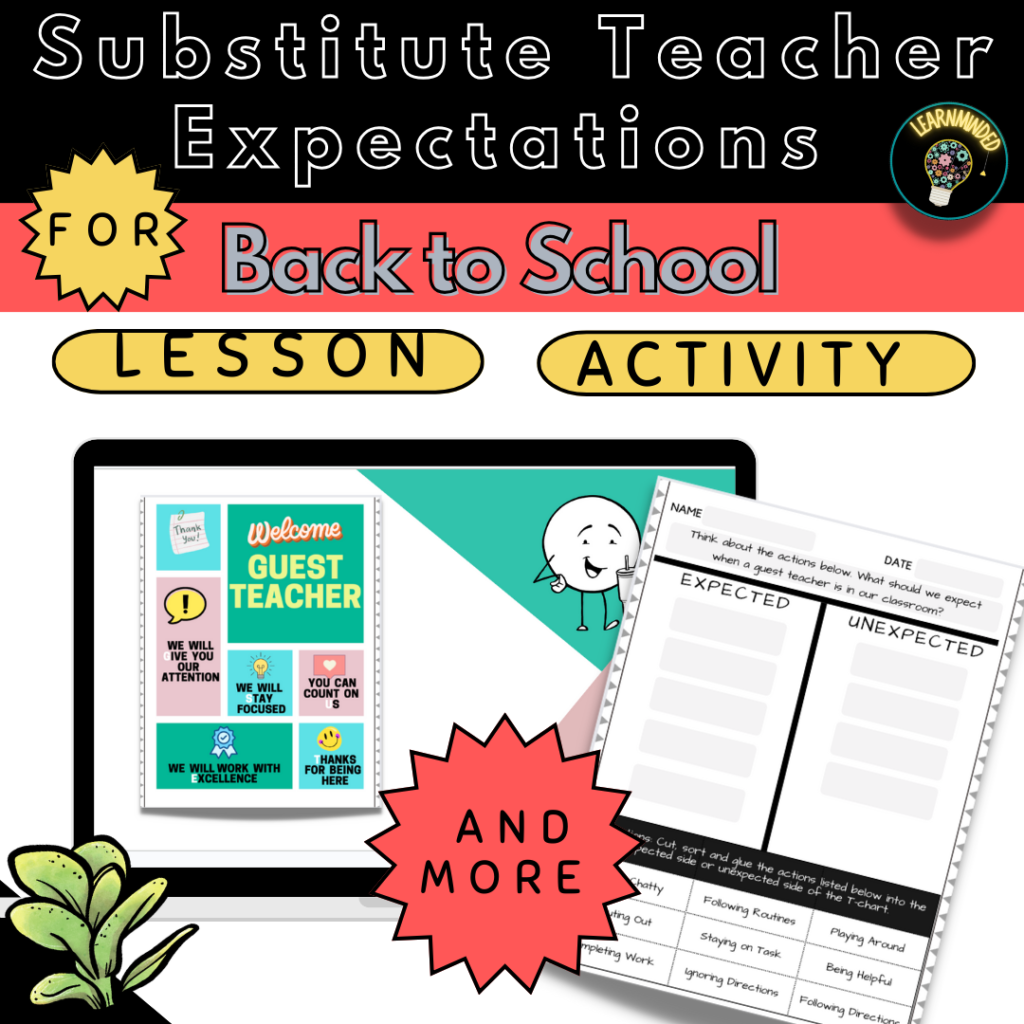Can you relate? Last year, I unexpectedly had to miss a day of school in September. When I returned, I found a note from the substitute teacher — though it wasn’t the pleasant message I expected.
The substitute teacher, who did her best of course to help kiddos stay on track, had some trouble keeping the ship sailing in the right direction. She had created a little t-chart with a list of names of “naughty” and “nice” . I think she actually labeled the t-chart with a plus and minus sign, but I thought it seemed like a Santa inspired list. There was of course more information about the shenanigans of the previous day. To be honest, at first I was pretty annoyed with the substitute and the kiddos, but I soon realized that it was ALL my fault.

Despite her best efforts, the substitute faced challenges in keeping the class on track. Maybe she prepared herself and I let her down. The “naughty” and “nice,” list made me realize that I should have prepared her better. This incident highlighted gaps in my preparation.
It was clear: I hadn’t prepared my students well enough for the substitute for a successful day. As a teacher who emphasizes routines and expectations, I realized my oversight in setting clear guidelines for substitute days.

Reflecting on this, I taught a lesson on expected behaviors with a substitute. I had the students categorize these expected and unexpected behaviors. We discussed addressing substitute teachers respectfully as “guest teachers” and created an anchor chart to reinforce expectations.
This reflection was impactful. I made it clear to my students that “love notes” from substitute teachers were not acceptable.
As you plan for the upcoming school year, I recommend including lessons on routines and expectations, especially for guest teachers.
Short on time? I’ve created a ready-to-use resource to teach these crucial procedures effectively.



